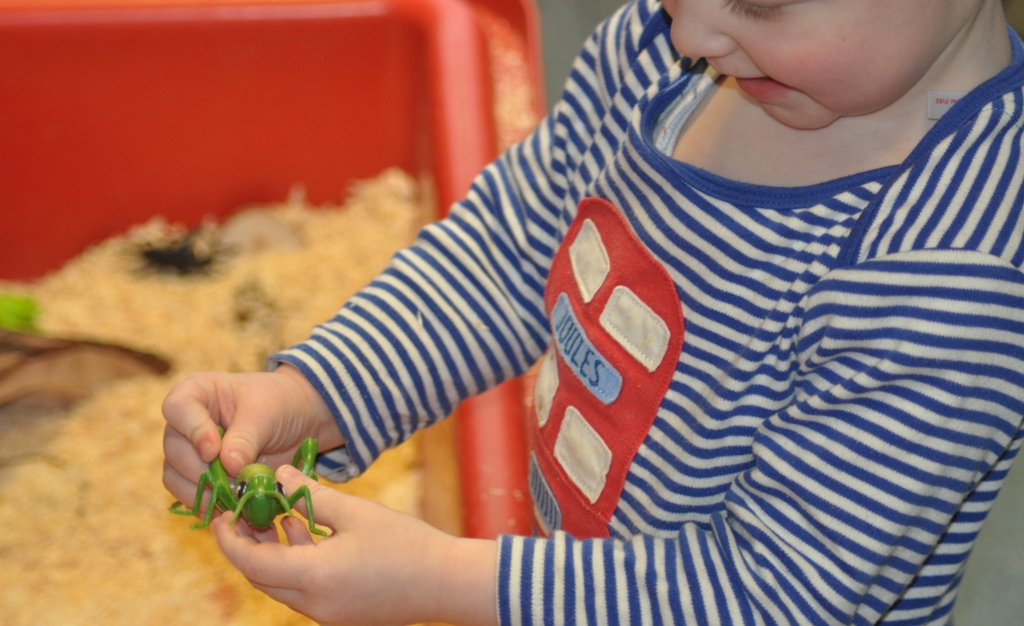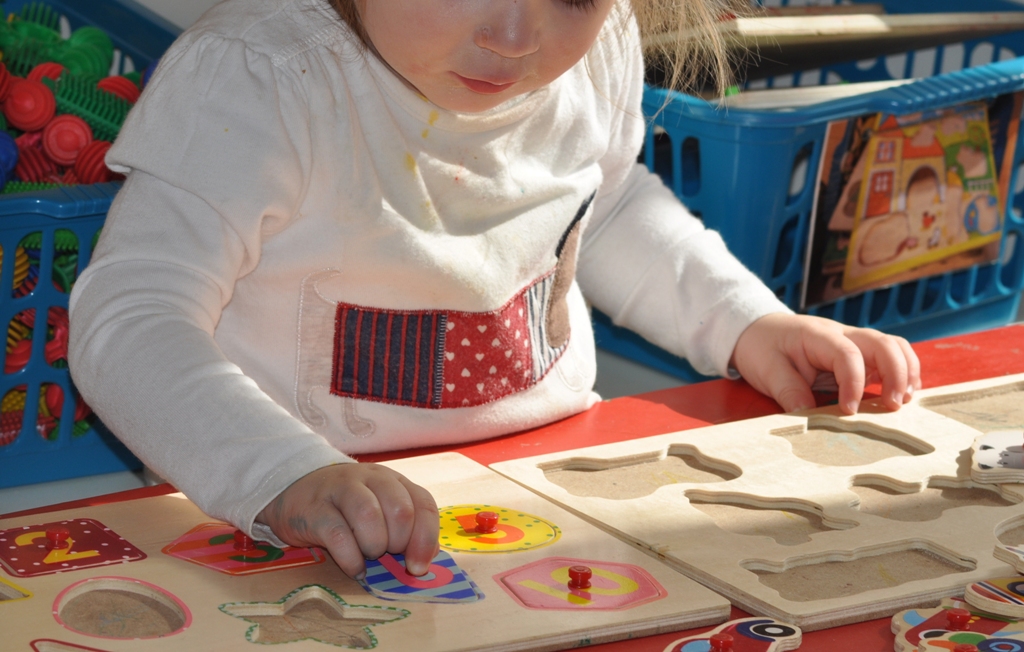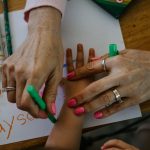How practitioner’s can support children’s communication development
When supporting children’s communication development this can involve practitioners using strategies, making adjustments to the environment and using resources. The most important thing to consider is making this whole process fun for the child, as this can be a step in the right direction in encouraging children to talk. As skilful practitioners are aware removing barriers such as reducing the level of noise in the environment can help children’s communication, as well as spending quality time interacting with children using resource or games. When using resources or games don’t forget to use communication and language strategies as it can be very easy to forget why you are using these resources.
There are many resources and games available to purchase to help support the development of children’s communication. But don’t forget you can make very simple resources yourself such as a matching lotto game. There are also initiatives such as Together Let’s Talk that early years settings use to help practitioners support the development of children’s communication and language development.
This initiative has created the 6T Strategy programme; a support tool for practitioners and parents to aid children’s communication and language development. The tool includes a 6-week rolling activity programme aimed to support practitioners in implementing six communication and language strategies. Alongside this programme, strategy posters and a specifically designed communication and language tracking tool are also available. For more information about the 6T strategy programme click here
We have listed 10 top toys/resources to support children’s communication development
- Dressing up clothes
- Dolls house
- Tea set with dolls/teddies
- Water/sand play
- Insert puzzles
- Puppets
- Color and shape matching games
- Listening to a CD
- Musical instruments
- Messy play activities such as shaving foam, playdough, gloop etc
All of the above toys/resources will help to support children’s communication development. They will provide adults with opportunities to join children in their play and use effective communication strategies to help children’s communication and language development. It can be very easy for adults to intervene in children’s play, this can sometimes cause more harm than good. Practitioners need to use their skilful knowledge and intervene when appropriate and use quality open ended questions to extend the learning. Resources such as insert puzzles are great in helping build children’s vocabulary, as children start commenting on where they think the piece goes and adults are able to help suggest another place where it might fit.
There are many opportunities throughout the day where particular resources can be used more effectively for example story time before lunch. Adults can use this opportunity to incorporate communication and language strategies and make it a fun story time. Why not introduce props and don’t be afraid to tell a story more than once. Children enjoy familiar stories as this helps them join in the repeated phrases.
By using effective toys/resources and high-quality teaching this can all have a positive effect on supporting children’s communication and language development.



Leave a Reply